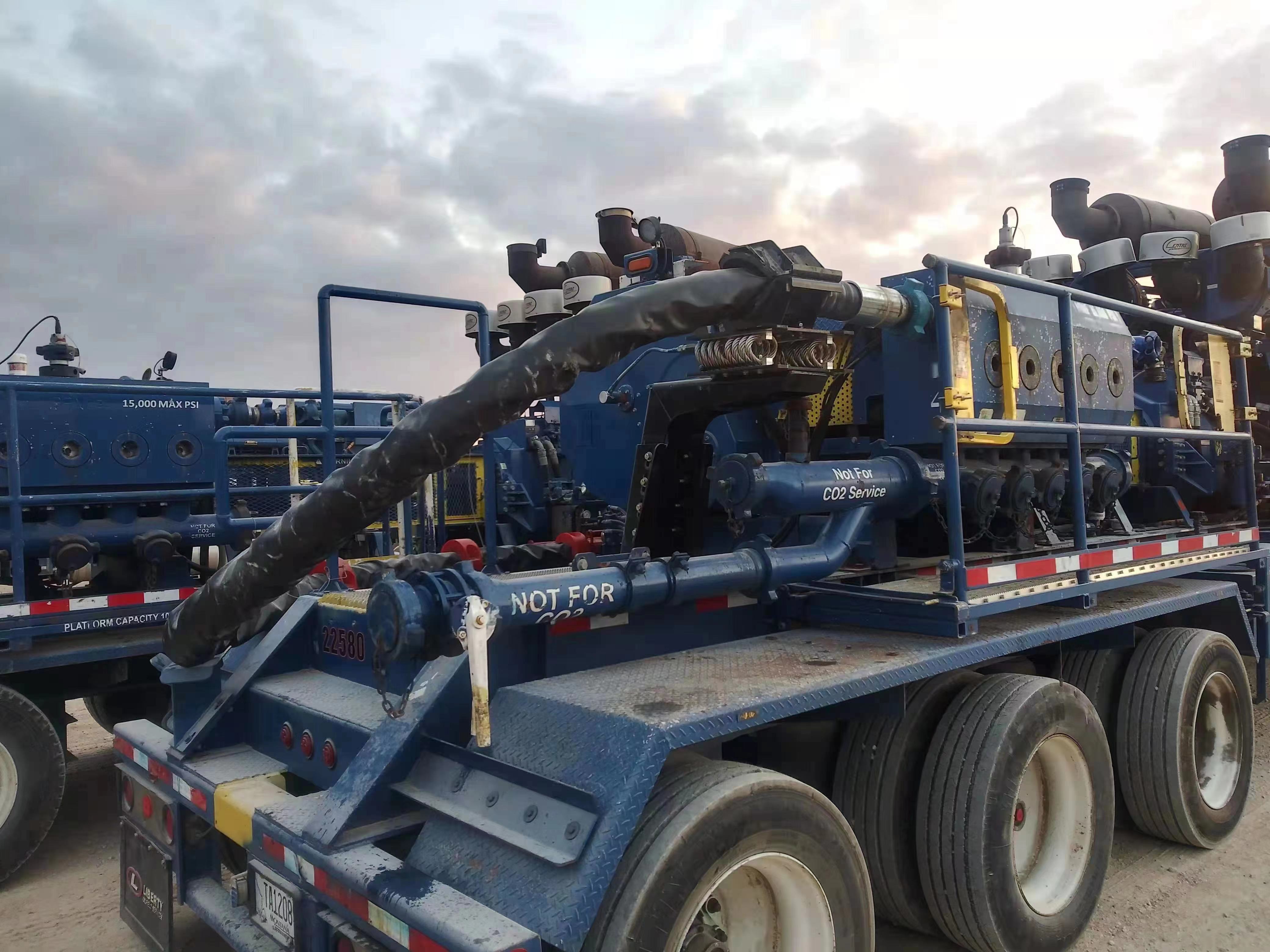The function and principle of high pressure oil pipe
2023-05-26 08:59:18
The basic concept and function of high pressure oil hose
The high-pressure fuel hose is an important part used in diesel engines, and its main function is to deliver the fuel output from the high-pressure fuel injection pump to the fuel injector. It withstands high pressure and high temperature working environment, ensuring that fuel is injected into the engine at precise timing for efficient combustion. High-pressure fuel lines ensure proper engine operation and performance by providing a steady supply of fuel.
Structure and principle of high pressure oil hose
High-pressure oil hoses are usually made of metal materials, which have certain pressure resistance and bending properties. Its internal channels carry high-pressure fuel, while the exterior is wrapped in a protective layer to prevent leaks and corrosion. The working principle of the high-pressure fuel hose is to send fuel into the hose through the pressure generated by the high-pressure fuel injection pump, and then inject it into the engine through the fuel injector. In order to ensure the stability and accuracy of fuel supply, the high-pressure fuel hose is usually equipped with a pressure sensor and a fuel injector control unit to monitor and adjust the fuel pressure and injection time in real time.
Maintenance and Troubleshooting of High Pressure Oil hose
High-pressure oil hoses may encounter some problems during long-term work, such as hose wear, blockage, leakage, etc. In order to maintain the normal operation of the high-pressure oil hose, regular maintenance and inspection must be carried out. Maintenance work includes cleaning hoses, replacing seals and checking the accuracy of pressure sensors. In the event of a malfunction, troubleshooting such as repairing or replacing damaged parts is required. Timely maintenance and troubleshooting can prolong the service life of high-pressure oil hoses and ensure the normal operation of the engine.